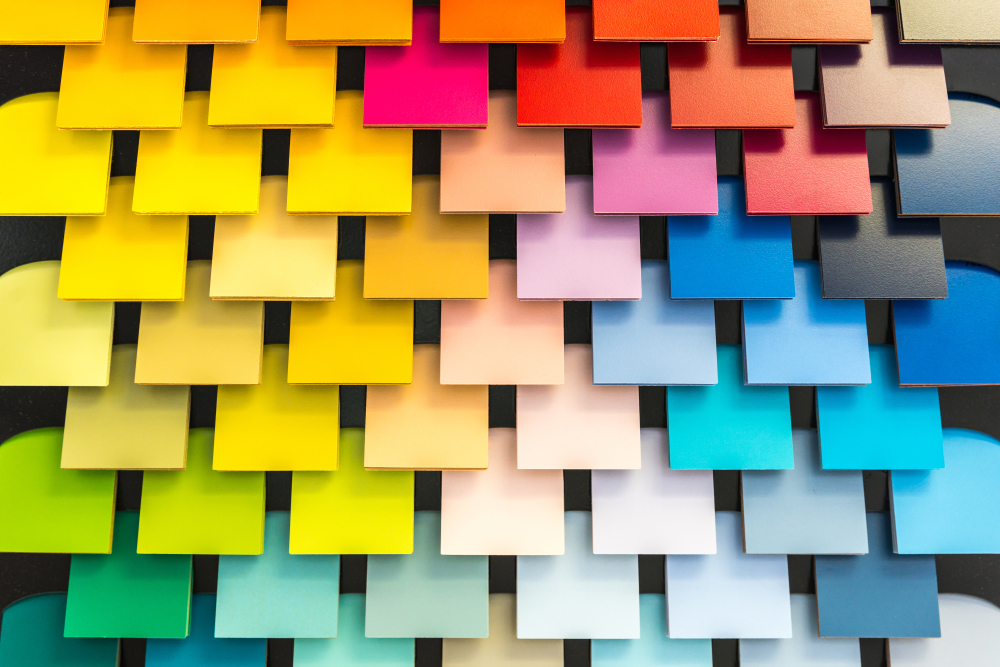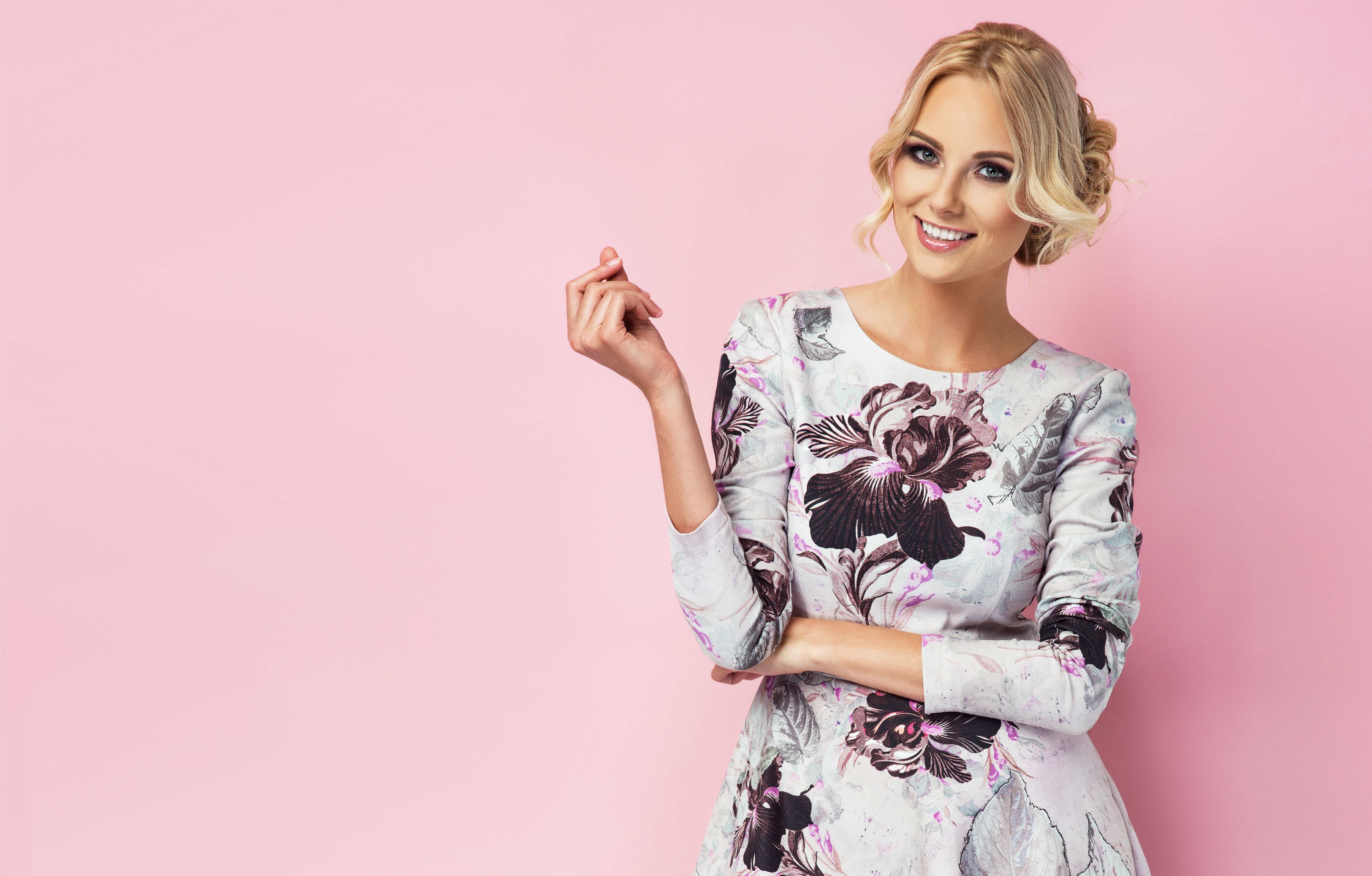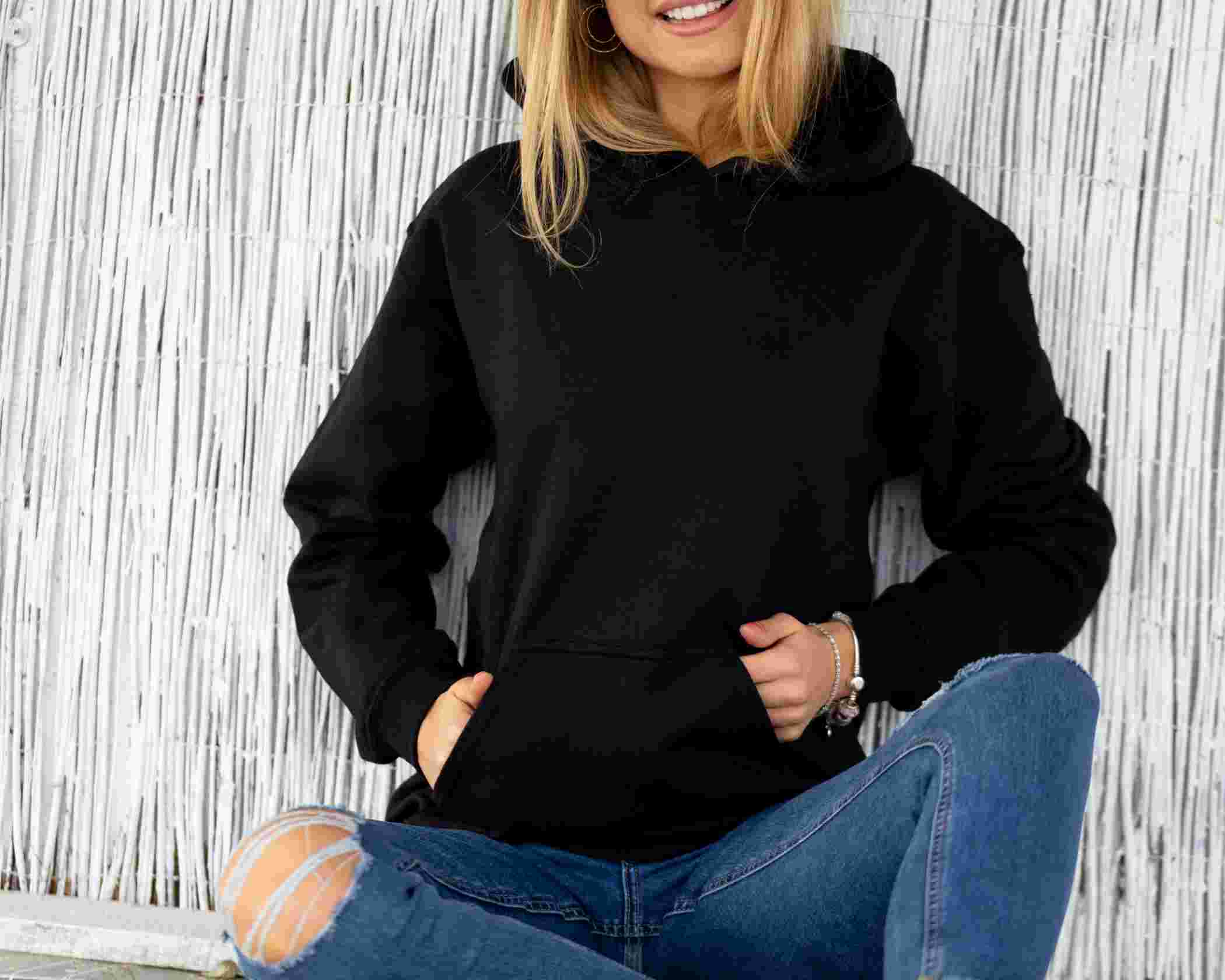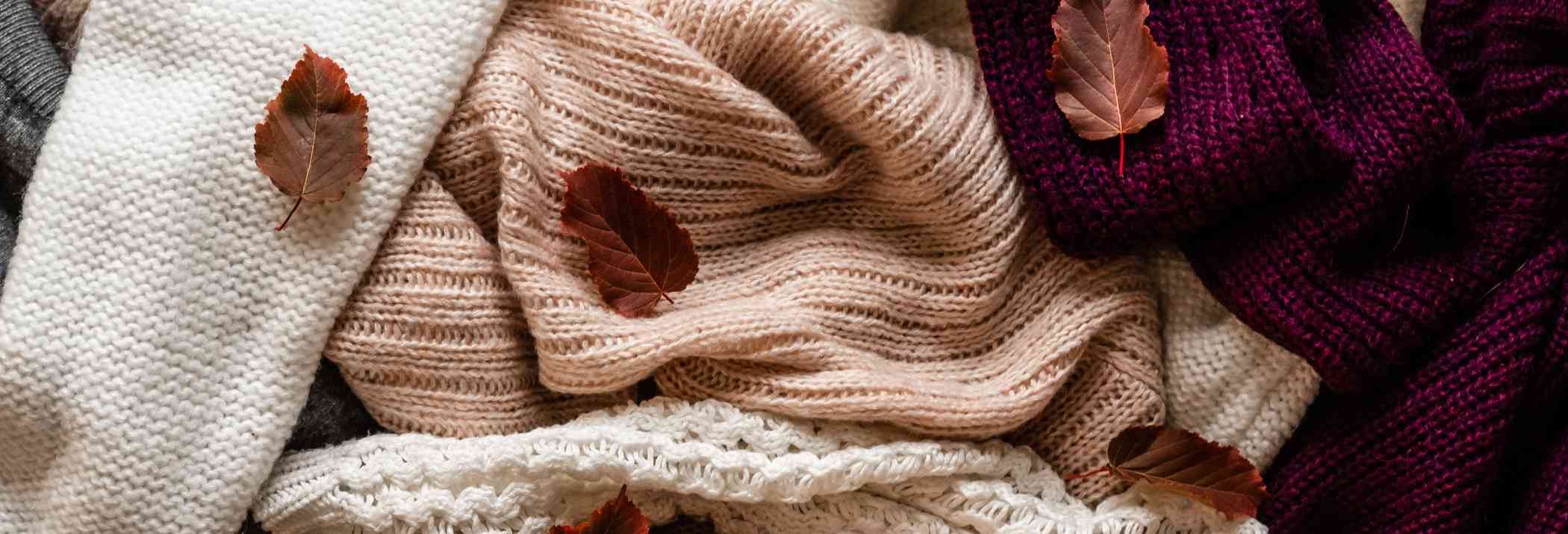Fashion Design Playbook: What Are The Basic Elements Of Design?



Design is an interpretation of how a certain person views perfection. However, perfection is an adjective, not a verb, which makes it subjective to each individual. This creates a difference of opinion and hence, there can be no consensus on the question of what is perfection. Hence, the curiosity of the human mind and the relentless pursuit of finding the answer took precedence. When one catches chickens by just grabbing them by hand it is time to change tactics. This is exactly what fashion experts did when they knew that a perfect garment is theoretically impossible to create. If one cannot create a uniform definition of perfection. Then, we can create a standardized set of items to approach it. So, in essence, what this new approach achieves is “Set up a few parameters that require more attention than the others and provide those as actionable metrics”. This action-based approach enables a designer to abide by a standard without compromising on his or her ambition or interpretation. Therefore, getting the best out of both worlds and keeping everyone happy. So, this standard is called Basic Elements of fashion Design.
These elements have been crafted to keep all essential facets of designing a garment in consideration.
Theory of Colour: Any form of art be it painting, dancing, filmmaking, etc. Colours are an essential part of the representation and play a vital part in the subliminal messaging that is put forward. Brands of different kinds also used colour as a way to frame the narrative and perception of the brand in the eyes of the viewer or consumer. This is done by fashion designing to make a dress suit an occasion or to give the person wearing the dress a look of certain characteristics. For instance, a simplified example can be a person wearing a black turtleneck and black jeans. The following person could be perceived as sophisticated and mysterious.

Hue, tints, and value are different data points that allow an infinite variety of colours. Which practically should complete the needs of all designers when it comes to only colour. And at last one more concept that drives home the point of perception is the colour scheme. Which refers to all the colours in a garment including the primary, secondary, and accent colours used across the garment. Colour Theory has shaped cognitive biases in the human mind and those biases persist due to the persistent use of colours. Similar to how art influences life and life influences art.
Focal Point: Focal point refers to the point in the dress that everyone would pay attention to. Generally, this focal point is kept as close as possible to the face since that is the first thing people register when they meet someone. One way how designers achieve this is by using “harmony of colours” which is an attempt to bring euphony into a design however, playing with light does need a certain level of nuance and finesse.
One important aspect that a focal point sells is the theme of the dress which is an artistic expression by the designer and a sign of poetry embedded in a dress. Thus, providing a possible sentimental value to the dress. This can allow the brand to raise prices and sell at a better margin. Therefore, respecting the greatness of an artist.
Lines: Lines are the fundamental blocks of almost all shapes except bezier curves. What this statement says seems simple yet, it is a statement with far-reaching consequences especially when elements of design are considered. With just a curve and a straight line, an unimaginable amount of shapes can be crafted. That can be put on a garment this makes the focal point theoretically more unique which was the goal of the brand and also the goal of an artist thus, the initial discussion of elements of design proving effects gets its proof here.
Lines can be used to distinguish, differentiate and modify styles. Fortune favours the brave as it’s commonly said, lines in trousers have a purpose that is served differently than in the case of a skirt. The same can be shown by various other examples. Lines work as highlighters to achieve the required attention-grabbing via unconscious techniques to the focal point which has been already discussed above.
Shapes: Lines are the atoms that enable Elements of Design to incorporate molecules which in this case are molecules. Shapes have today, transformed more than just a fitting marquee for designers to just improvise yet stick to rules. The incorporation of pathbreaking designs has opened up possibilities such as using mosaic or kaleidoscopic figures on dresses as patterns. People can consider them hypnotic if overused however, the playing field has unlocked extensions to enable simply these elements of design as a launchpad and then catapult to obscene levels of creativity that need to be approached as this new decade gets older.
The shapes formed can be classified into two broad types of categories.

- Organic: These types of shapes are irregular, imperfect, and may not necessarily follow the strict definition of certain shapes. A common example of such a shape can be a scalene triangle in which all three sides of the triangle are unequal.
- Symmetrical: Shapes that are regular and have the line of symmetry passing through them via one or multiple axes. Common examples include squares, ovals, etc. Most body shapes are placed into a regular category due to the repetitive nature of shapes similar to how the value of pi and e are used again and again in natural calculations.
Texture: Texture is defined as the feeling a fabric gives when it is touched or looked at by a person. In short, It can be either tactile or visual respectively. However, in many cases, it can be both. This is in fact generally how garments are made to be. A quilt can have threads sticking out of its stitching which gives the feeling that it perhaps has an uneven texture from a visual standpoint. However, upon sensory interaction, one would realize that the tactile view is very smooth and soft to touch. Which makes the quilt of premium quality and very comfortable to use. Texture can further change and influence other parts of the design such as balance, luminosity of the dress, and also its wearability. All of which are commonly talked about features in the fashion industry.
Spatial Intelligence: Spatial Intelligence refers to space in a garment or design that allows movement to the wearer, Design focus on this aspect also allows designers to make the design more meaningful, palpable to a certain, mood, aura, etc. At many technology centres where design work takes place or places at large corporations, such portions of the design are created, and improvised digitally. Using 3D graphics software such as blender, etc. Apart from that businesses have often used spatial intelligence to provide vivid pictures of visual imagery and texture (which has been discussed above). Spatial intelligence in essence opens the Z-axis to designers, unlike the only two X and Y that are available.
With all these tasks discussed, there is one facet that isn’t talked about a lot that could change the way fashion, advertising, and brand exposure work. This is about the integration of Augmented Reality or AR in fashion. People walking down the street scan a shirt, or a cap and get a sponsor message or maybe a top-up of ammo in a game. What this would allow designers to do is start integrating dynamic content which would be scannable using some design that is added on the shirt or any piece of wardrobe. In that case, designers would have a whole new playground to play with and extend the elements of the design framework to the virtual world. Where the ideas that would be implemented couldn’t be less than mind-boggling. Even in 2022 digital graphics is considered an edge that would then become imperative once this frontier of design opens its floodgates.
Apart from these elements of design, there are also principles of design present in fashion design. Here is a brief overview of these principles-
Balance: Balance refers to the visual view of the design that needs balance. This is achieved by either symmetrical or asymmetrical methods depending on the use of the garment.
Rhythm: Rhythm refers to the visual continuity that is present in a dress due to its weave which creates an effect that is similar to flipbooks. Due to the continuous and consistent nature of the weave, it often seems like the weave is in motion. This is what rhythm in a fabric is defined as.
Emphasis: Certain sections of the garment are highlighted using elements that have been discussed above to gain a certain feel to the design.
Proportion: Lastly, proportion refers to the math that has been done in a design to make sure each piece fits seamlessly and the wearer faces no issues while donning the garment.
If a business needs help with production in the fashion industry from design to delivery, and needs connections to manufacturers and suppliers across the world, check out the brand Fashinza, your one-stop solution.



















